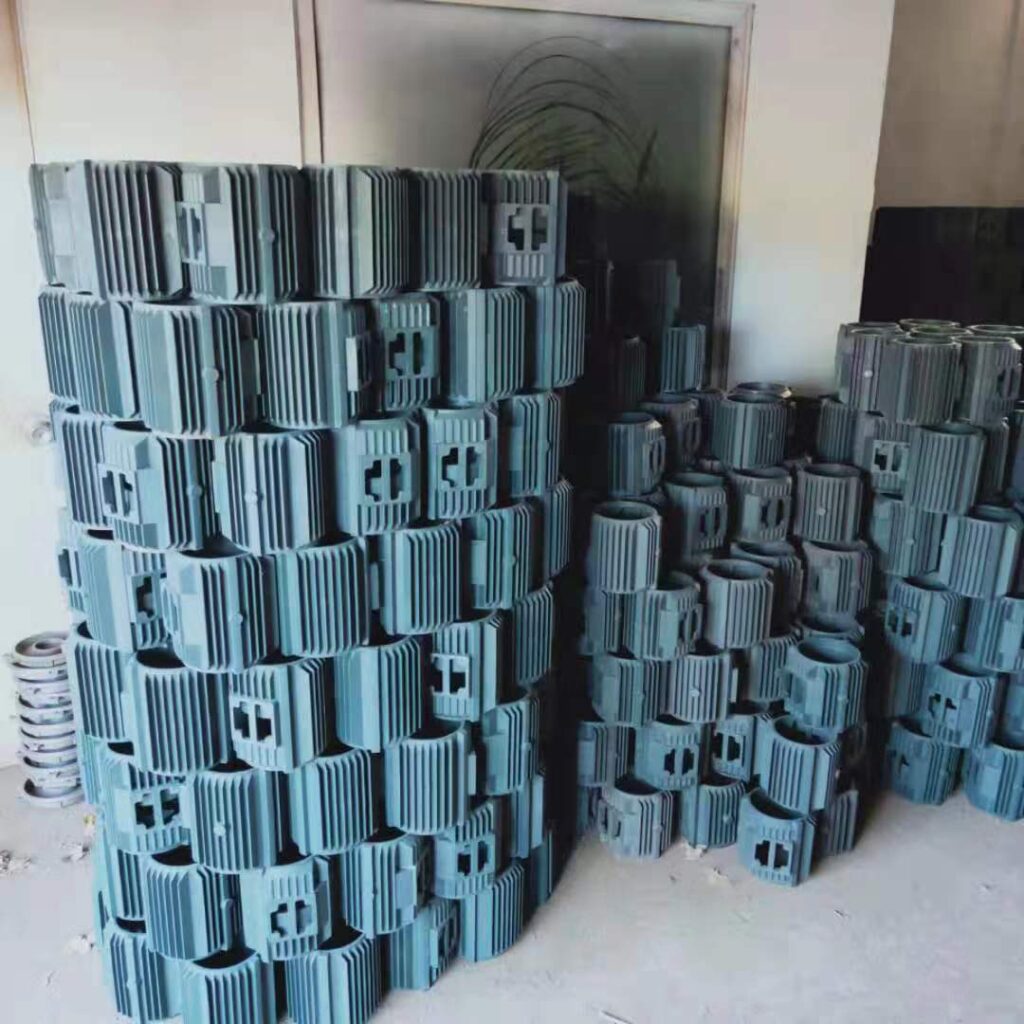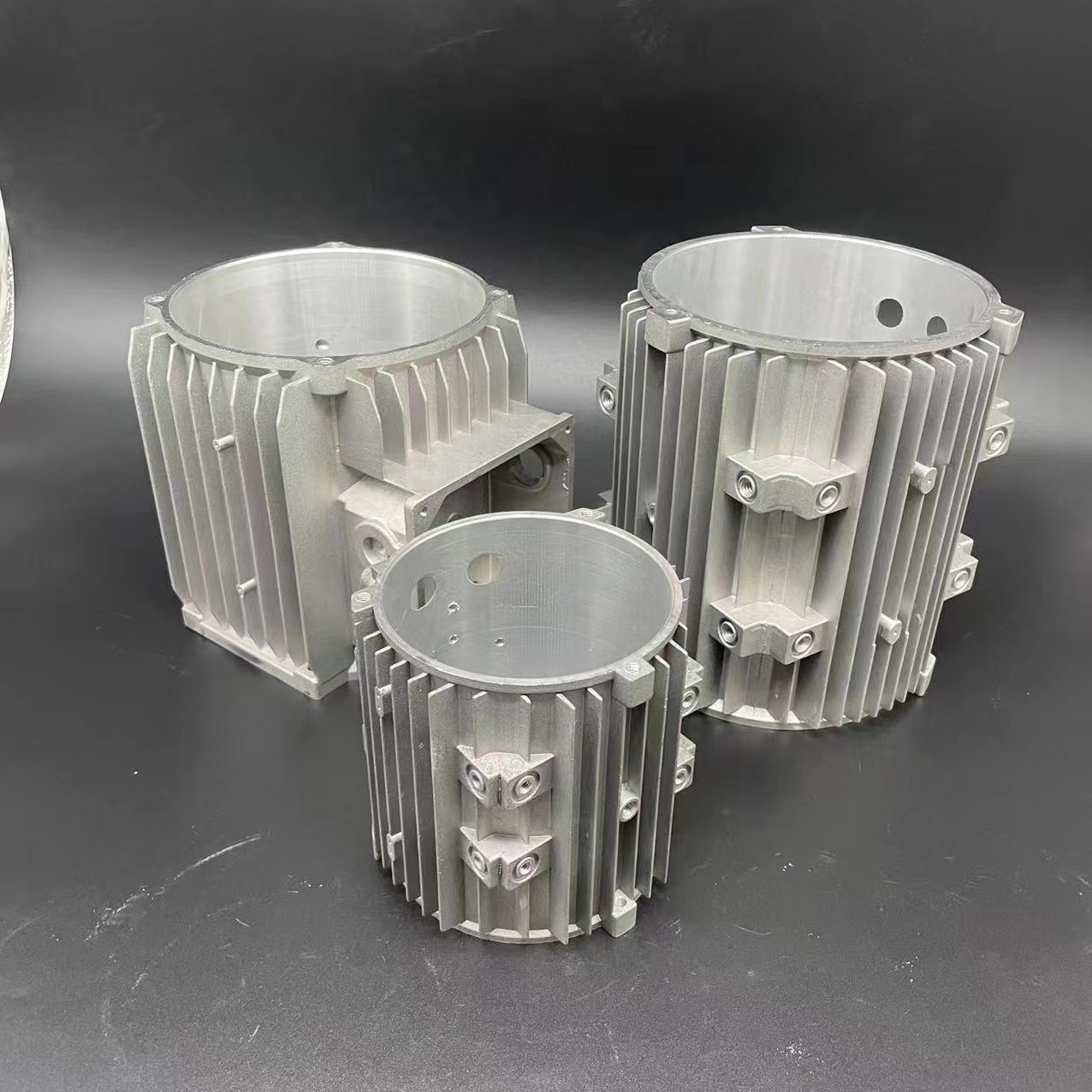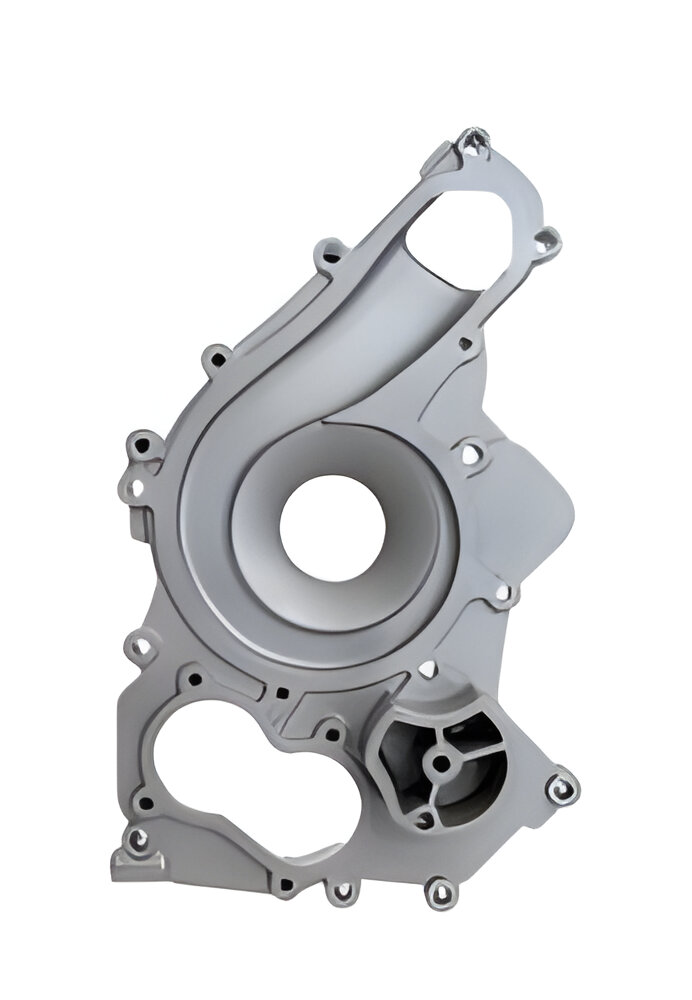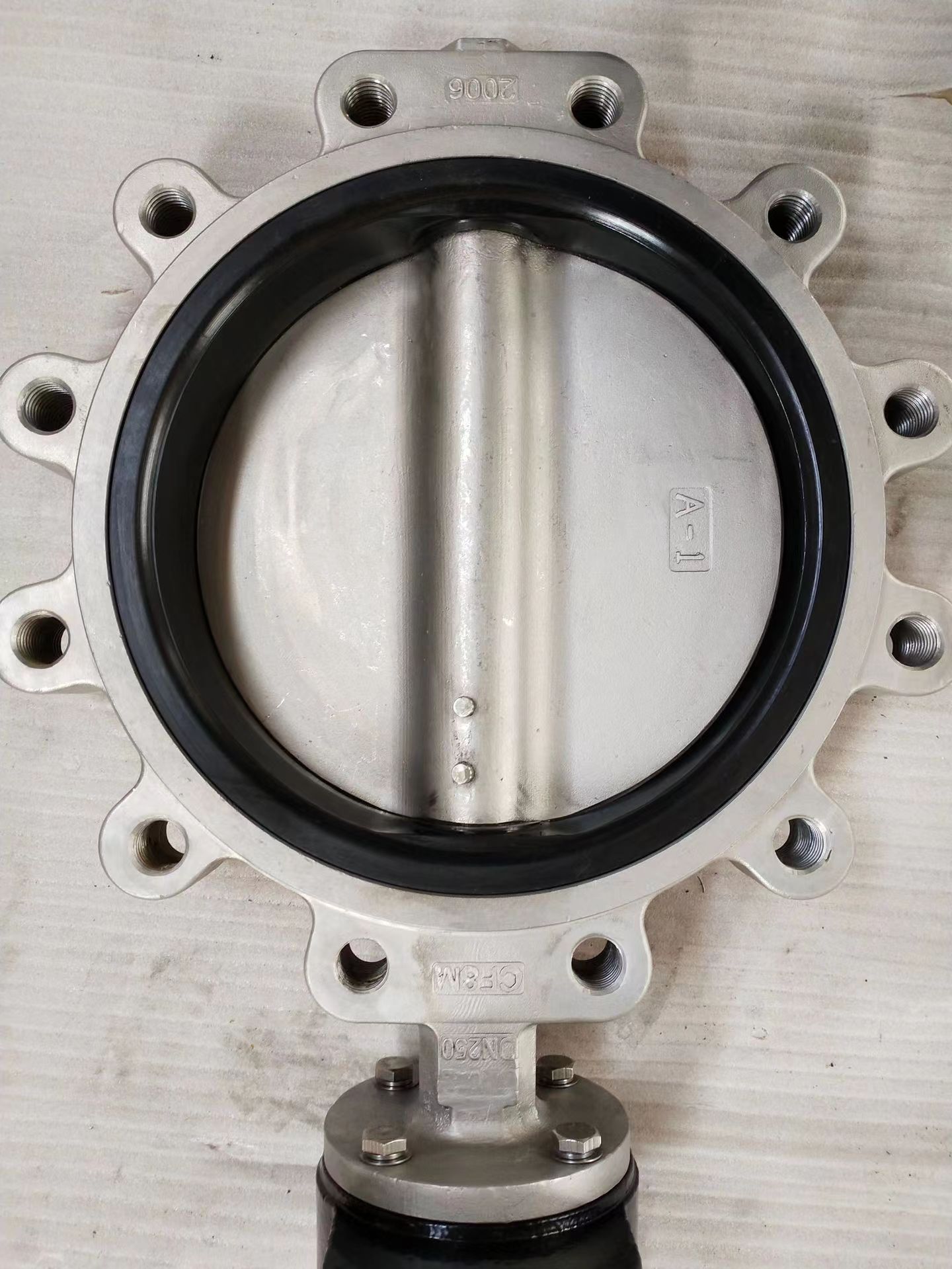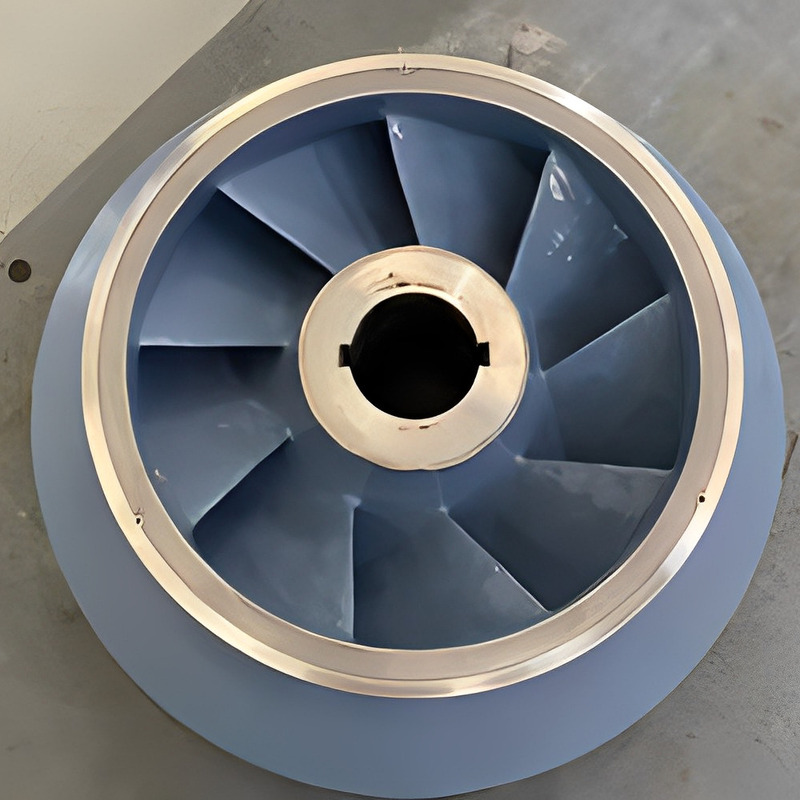In the realm of electric motor technology, the backbone lies in its casings. These housings serve as protective shields, ensuring the internal components operate seamlessly while safeguarding against external elements. However, the evolution of electric motors demands constant innovation, pushing the boundaries of conventional casings. Enter experimental motor casings – a fusion of cutting-edge design and advanced materials poised to revolutionize the industry.
Motor casings have long been synonymous with durability and functionality. Traditional designs prioritize robustness over flexibility, often resulting in bulky structures that limit adaptability. However, the landscape is shifting as manufacturers delve into experimental casings, exploring novel concepts to enhance performance and efficiency.
One of the key advancements lies in motor housing materials. While traditional casings predominantly utilize metals such as aluminum or cast iron, experimental variants incorporate a diverse range of substances, including composite materials and high-performance polymers. These alternatives offer superior strength-to-weight ratios, allowing for lighter yet equally robust casings. By reducing weight, these experimental casings contribute to overall energy efficiency, making them an attractive choice for eco-conscious consumers.
Moreover, the integration of additive manufacturing techniques has revolutionized the production of motor housing parts. Additive manufacturing, often referred to as 3D printing, enables the creation of intricate designs with unparalleled precision. This technology facilitates the customization of motor casings, allowing manufacturers to tailor designs according to specific requirements. From complex geometries to optimized airflow patterns, experimental casings unlock a realm of possibilities previously unattainable with traditional manufacturing methods.
Innovations in experimental motor casings extend beyond mere materials and manufacturing techniques. The design philosophy itself has undergone a paradigm shift, prioritizing not only functionality but also aesthetics and ergonomics. Sleek and streamlined, these casings not only enhance the visual appeal of electric motors but also improve accessibility for maintenance and servicing.
Furthermore, experimental motor housings explore novel concepts such as active cooling systems and integrated sensors. These features optimize thermal management, ensuring consistent performance even under demanding conditions. By monitoring vital parameters in real-time, such as temperature and vibration, integrated sensors enhance reliability and enable predictive maintenance, minimizing downtime and maximizing operational efficiency.
The transition towards electric mobility has fueled the demand for compact and lightweight motor housings. Experimental casings cater to this burgeoning market by offering space-saving designs without compromising on durability or performance. Whether powering electric vehicles or industrial machinery, these casings serve as the backbone of next-generation propulsion systems.
In the pursuit of sustainability, experimental motor housings prioritize recyclability and environmental impact. By utilizing eco-friendly materials and adopting energy-efficient manufacturing processes, manufacturers strive to minimize their carbon footprint while delivering high-performance solutions. This commitment to sustainability resonates with consumers increasingly conscious of the ecological footprint of their purchases.
As the demand for electric motors continues to surge across various industries, the importance of innovative motor casings cannot be overstated. Experimental designs represent the vanguard of electric motor technology, pushing boundaries and redefining industry standards. With their unparalleled performance, customization options, and sustainability credentials, experimental motor casings are poised to shape the future of electric propulsion.

